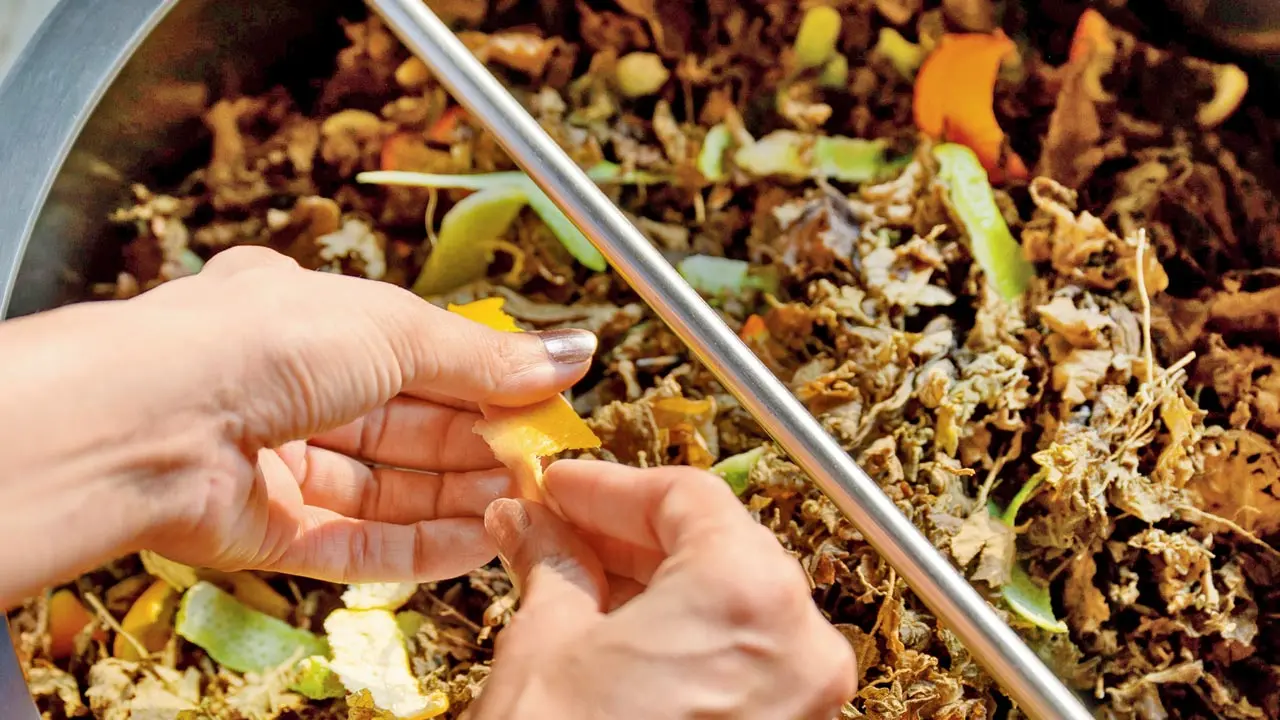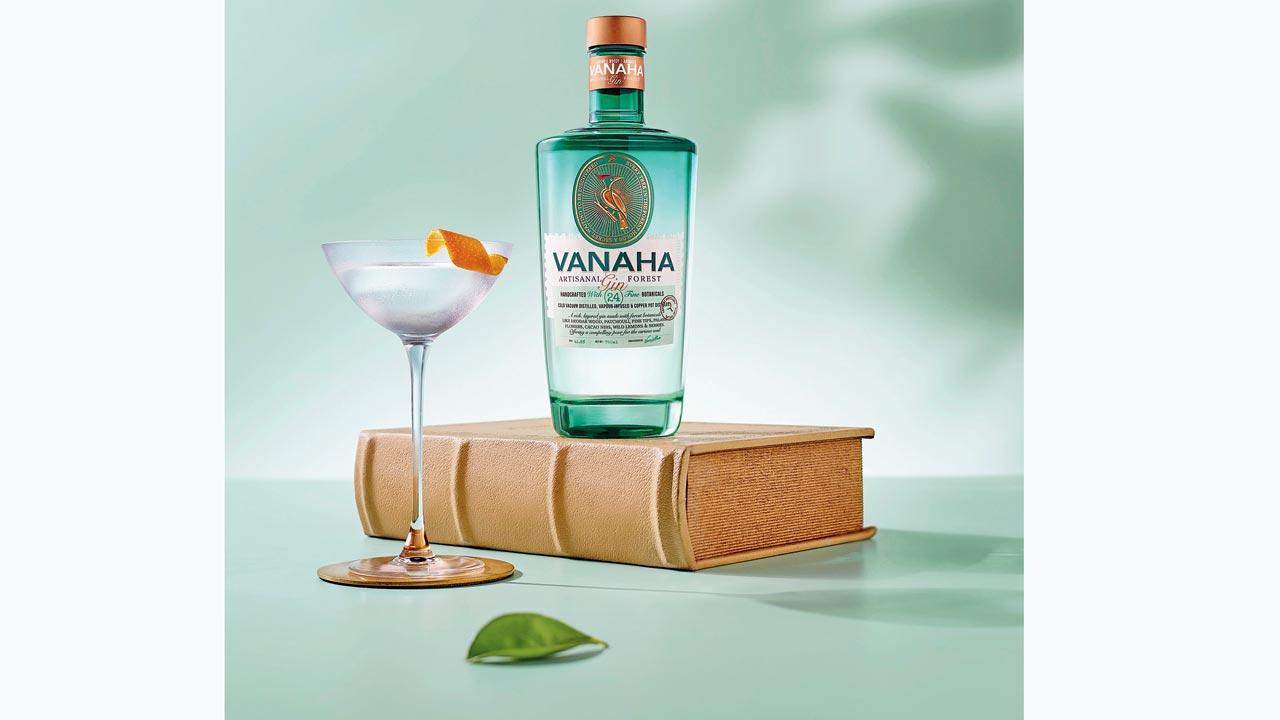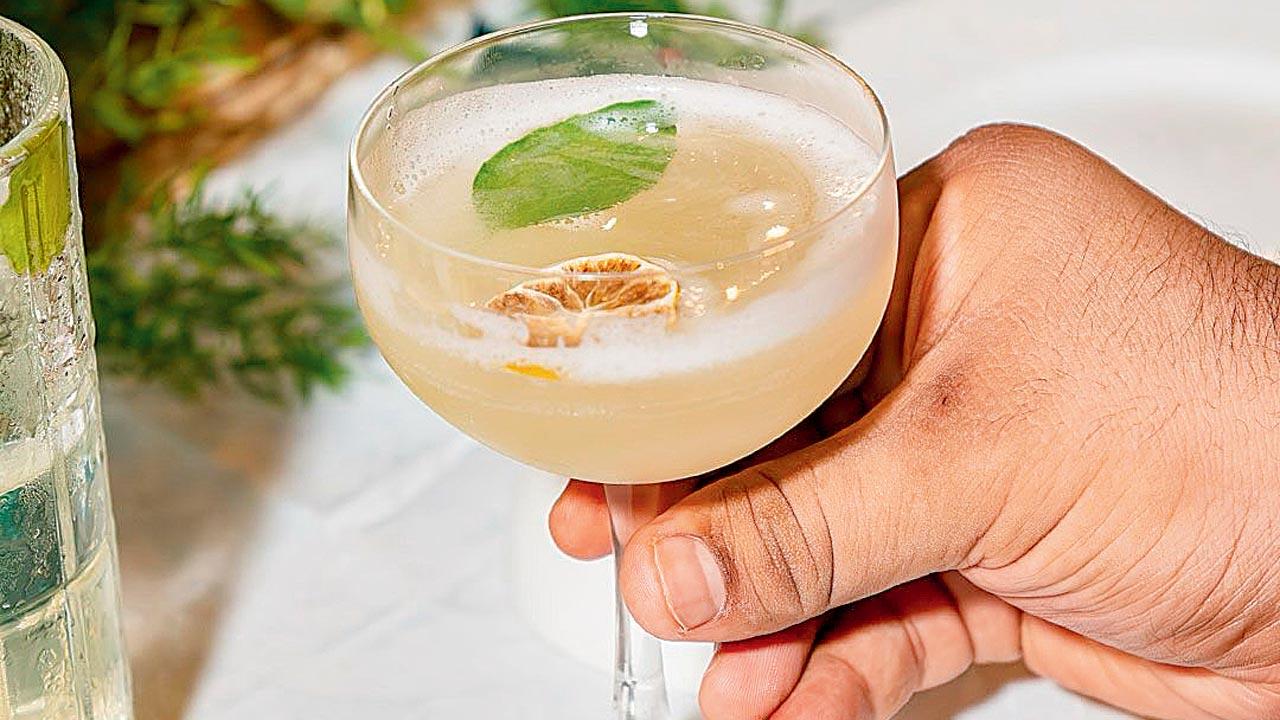A new forest-to-bottle gin from Goa promises a smooth, aromatic, sugar-free sip with no additives

Himalayan deodar, Goan teppal and palash flowers are some of the 24 botanicals used
When you walk down a forest trail and find yourself at its thickest, the only sounds you hear are the birds and grasshoppers chirping. The air feels lighter, and the scents can be intoxicating. Woody with camphoraceous undertones from Deodar, subtly sweet due to the wildflowers and berries around, and even that deeply pleasant petrichor after the rain.
Vanaha, a new gin by Revelry Distillery that sits in Goa’s Sattari region, has captured the essence of the forest in its bottle. A blue-necked woodpecker stands on the cap as the logo; the bottle wears a gradient of greenish-turquoise colours, and the botanicals are selected from across the length and breadth of India’s forests. It’s also why it’s named “van” as a nod to the forest, and “aha”, an expression for an epiphany.
 Navvin Jaiin and Vaniitha Jaiin
Navvin Jaiin and Vaniitha Jaiin
But the real question is, do we need another gin? In the last decade or so, India’s alcohol retailers have stocked their shelves with brands that increasingly have little to no distinction. It’s now all about whose bottle or label stands out.
“Right now, tequila is replacing whisky. But tequila is also one of the most adulterated spirits in the market. Gin has a certain beauty still. It has grown slowly and has become a safe choice for many drinkers,” says Feruzan Bilimoria, a beverage specialist researcher and drinks innovator.
 A blue-necked woodpecker adorns the bottle, dressed in forest hues
A blue-necked woodpecker adorns the bottle, dressed in forest hues
Indian gins use everything from coriander and cardamom to Khasi mandarin, smoked Lushai tea, and exotic fruits like Valencia oranges. There’s even colour-changing gin and rainwater-distilled versions in stainless steel bottles.
“In the last five years, Indian gins have pushed for uniqueness, but marketing and brand awareness are still lacking,” says Bilimoria, noting the market is nearly saturated. It’s easy to assume gin experimentation has reached its limit—then Vanaha launches and proves otherwise.
 Citrus Grove
Citrus Grove
Vanaha is crafted with 24 botanicals — a high count globally. For context, in India, most gins typically use 8 to 12 botanicals; Germany’s Black Gin uses 74, Monkey 47 uses 47, and Scotland’s The Botanist combines 22 foraged with 9 classic botanicals for a total of 31.
Best enjoyed as a neat pour with ice or in cocktails, Vanaha opens with woody Himalayan deodar, pine tips, Sikkim mandarin, Assam’s kaji nemu, and spicy Goan teppal. It also includes forest botanicals like palaash flowers, patchouli, mulberries, and more. The distillery’s R&D holds more than 200 botanicals that didn’t make the cut, such as kapur kachri, elephant wood apple, rose powder, and paneer phool.
Vanaha goes beyond typical “Indian craft” claims by using advanced technology. Distilled in one of India’s most innovative facilities, it’s the country’s first five-step and cold vacuum-distilled gin. Founder Vaniitha Jaiin says this precision and care truly showcase Indian craftsmanship on a global stage.
The five-step process behind Vanaha includes botanical maceration, copper pot distillation, vapour infusion, cold vacuum distillation, and staging. Its custom Hagyo pot still from Hungary is designed for easy gin production — and ready for future spirits like rum or whisky, says Revelry Distillery director Navvin Jaiin.
As Vanaha hits shelves in Goa, the Jaiins carry a mix of nerves and optimism. Navvin, who left a BFSI career behind, banks on data to back their sugar-free, additive-free gin. India’s gin market is projected to grow from $1.79 billion in 2025 to nearly $3 billion by 2032, with premium gins expected to rise from 20 per cent to 45 per cent of the market. “We became a service-driven economy over the last two decades, but India has always been rooted in tradition and craft. Now, there’s a revival — and we’re part of it,” says Navvin.
20%- 45%
expected growth of premium gins in the market by 2032
What’s cold vacuum distillation?
A first in India, this technique preserves delicate botanical aromas by distilling at lower temperatures under vacuum. Vanaha combines it with two other methods to create a gin that’s smooth, complex, and layered — with floral, earthy, woody, and gently spiced notes.
 Subscribe today by clicking the link and stay updated with the latest news!" Click here!
Subscribe today by clicking the link and stay updated with the latest news!" Click here!










